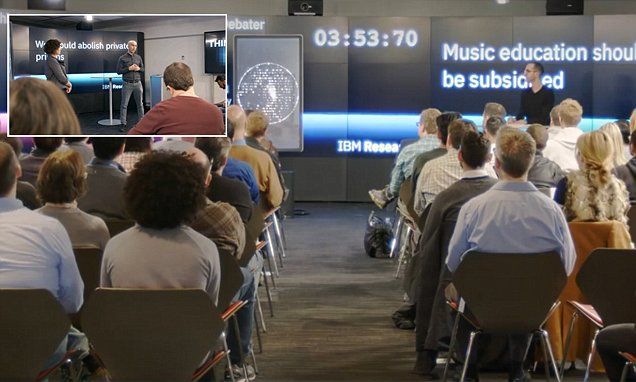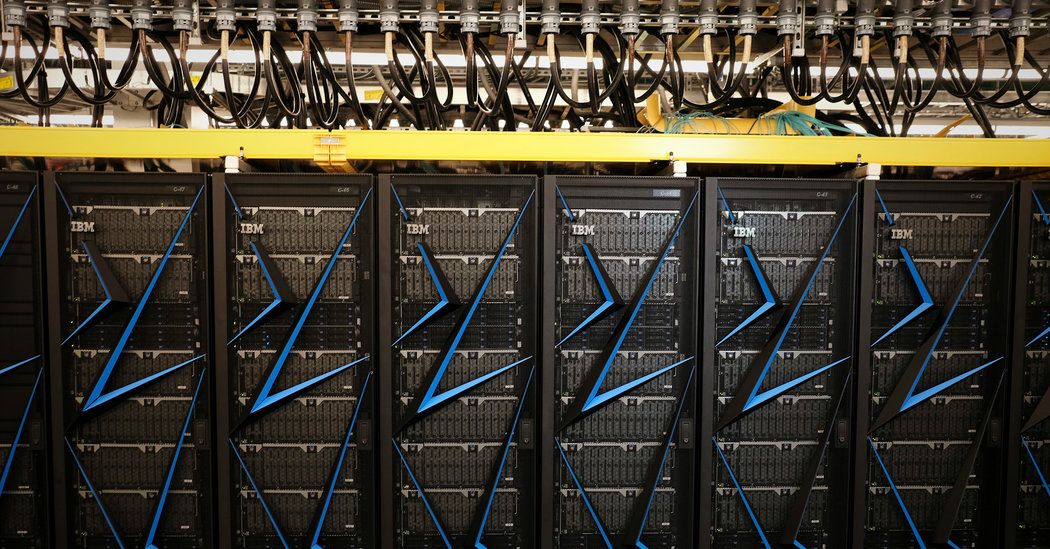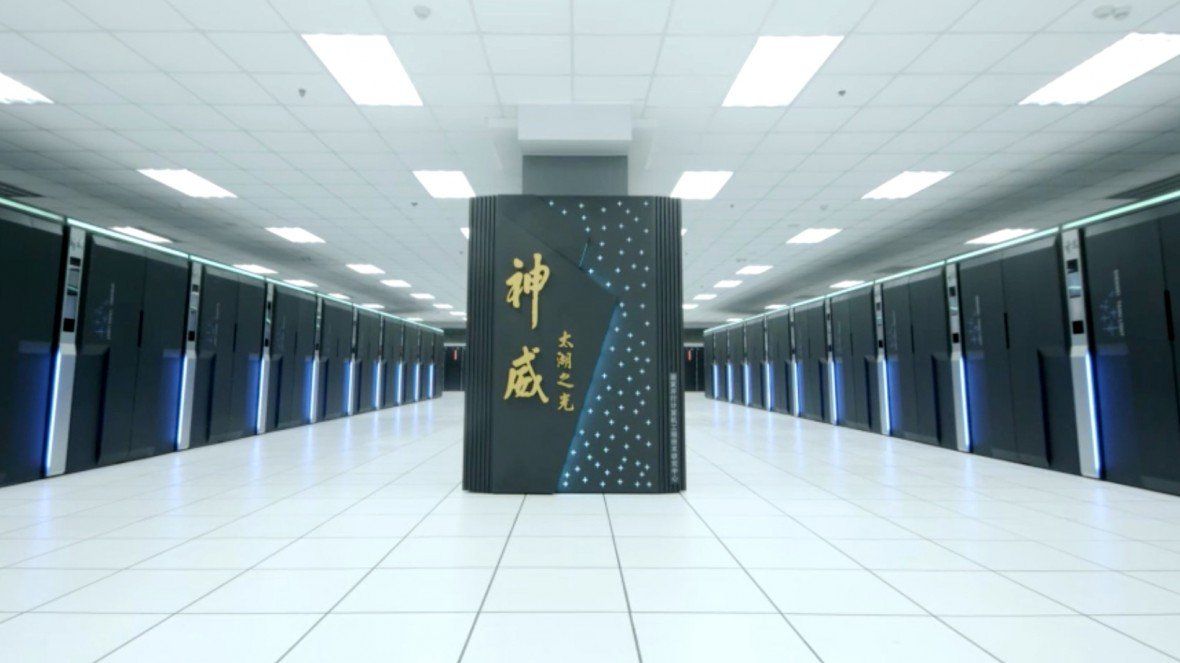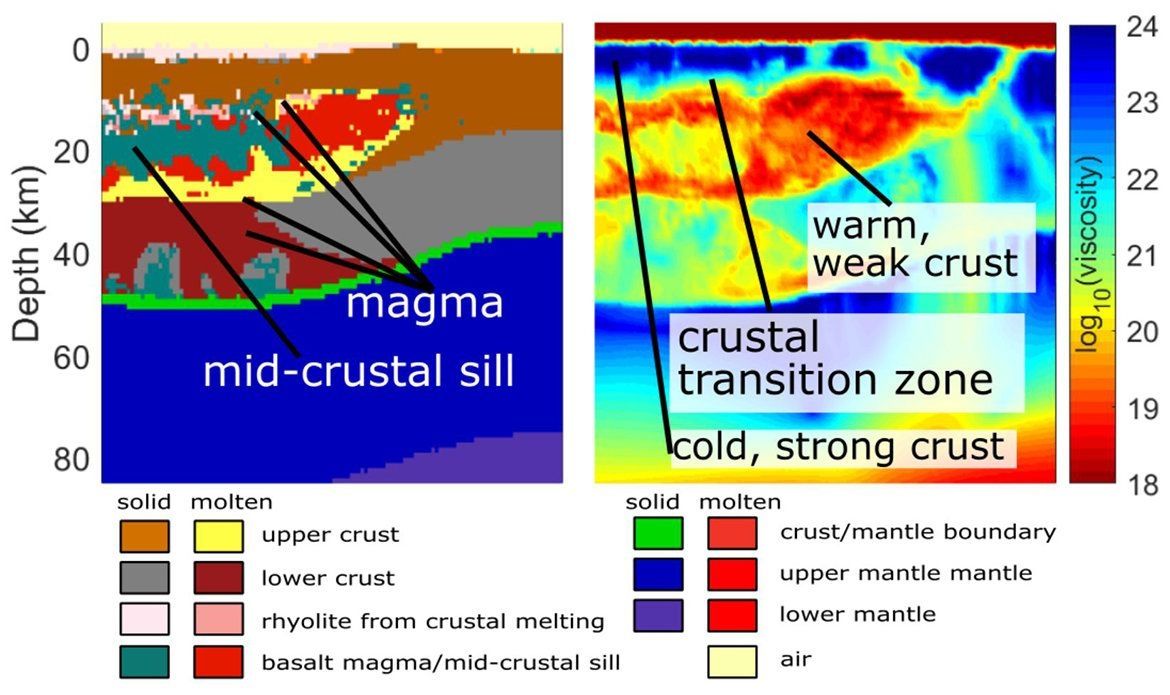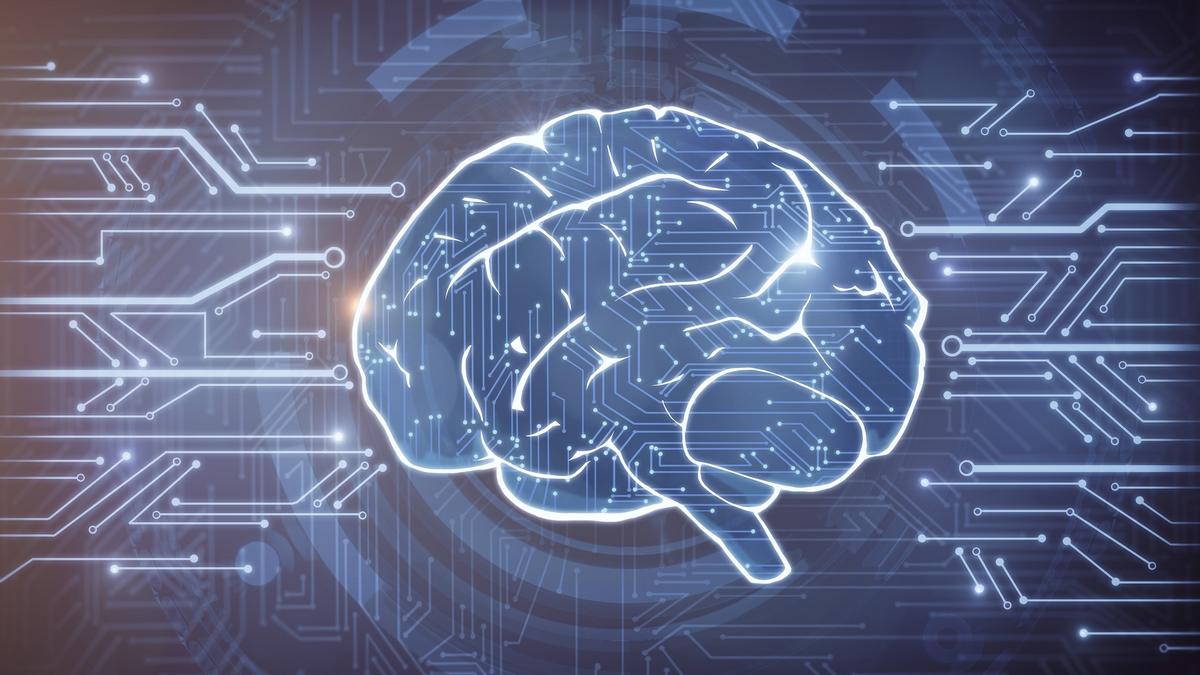Archive for the ‘supercomputing’ category: Page 74
Jun 14, 2018
The supercomputer that could map the human brain
Posted by Marcos Than Esponda in categories: neuroscience, supercomputing
The planned Aurora 21 “exascale” supercomputer may be the first that’s powerful enough to map the human brain.
Jun 10, 2018
IBM and the Department of Energy show off the world’s fastest supercomputer, Summit
Posted by Genevieve Klien in categories: robotics/AI, supercomputing
IBM and the Department of Energy’s Oak Ridge National Laboratory have revealed the world’s “most powerful and smartest scientific supercomputer.” Known as Summit, IBM says that its new computer will be capable of processing 200,000 quadrillion calculations per second. To put that into perspective, if every person on Earth did a single calculation per second, it would take 305 days to do what Summit does in a single second. Assuming those numbers are accurate, that would make Summit the world’s fastest supercomputer. It would also mark the first time since 2012 that a U.S. computer held that title.
Summit has been in the works for several years now and features some truly impressive specs. According to Tech Crunch, the computer will feature 4,608 compute servers, 22 IBM Power9 chips and six Nvidia Tesla V100 GPUs each. In addition, the machine will feature more than 10 petabytes of memory. As the Nvidia GPUs attest, this machine will be primarily used for the development of artificial intelligence and machine learning. In addition to the work on A.I., Summit will also be used for research into energy and other scientific endeavors at Oak Ridge.
IBM was the Department of Energy’s general contractor for the Summit project, but it also had the help of several other partners within the tech industry. The GPUs were provided by Nvidia, which remains one of the leaders in cutting-edge GPU development. Mellanox and Redhat were also brought on to work on the development of Summit.
Jun 8, 2018
You’d Need 6.3 Billion Years to Do What This Supercomputer Can Do in a Second
Posted by Genevieve Klien in category: supercomputing
Summit, a supercomputer built in the United States for the Oak Ridge National Laboratory, is taking the lead from China for the title of world’s speediest computer.
May 30, 2018
Galaxy simulations are at last matching reality—and producing surprising insights into cosmic evolution
Posted by Genevieve Klien in categories: evolution, particle physics, space, supercomputing
In general, modelers attack the problem by breaking it into billions of bits, either by dividing space into a 3D grid of subvolumes or by parceling the mass of dark and ordinary matter into swarms of particles. The simulation then tracks the interactions among those elements while ticking through cosmic time in, say, million-year steps. The computations strain even the most powerful supercomputers. BlueTides, for example, runs on Blue Waters—a supercomputer at the University of Illinois in Urbana that can perform 13 quadrillion calculations per second. Merely loading the model consumes 90% of the computer’s available memory, Feng says.
For years such simulations produced galaxies that were too gassy, massive, and blobby. But computer power has increased, and, more important, models of the radiation-matter feedback have improved. Now, hydrodynamic simulations have begun to produce the right number of galaxies of the right masses and shapes—spiral disks, squat ellipticals, spherical dwarfs, and oddball irregulars—says Volker Springel, a cosmologist at the Heidelberg Institute for Theoretical Studies in Germany who worked on Millennium and leads the Illustris simulation. “Until recently, the simulation field struggled to make spiral galaxies,” he says. “It’s only in the last 5 years that we’ve shown that you can make them.”
The models now show that, like people, galaxies tend to go through distinct life stages, Hopkins says. When young, a galaxy roils with activity, as one merger after another stretches and contorts it, inducing spurts of star formation. After a few billion years, the galaxy tends to settle into a relatively placid and stable middle age. Later, it can even slip into senescence as it loses its gas and the ability make stars—a transition our Milky Way appears to be making now, Hopkins says. But the wild and violent turns of adolescence make the particular path of any galaxy hard to predict, he says.
May 3, 2018
New proof reveals fundamental limits of scientific knowledge
Posted by Genevieve Klien in categories: mathematics, neuroscience, space, supercomputing
A new proof by SFI Professor David Wolpert sends a humbling message to would-be super intelligences: you can’t know everything all the time.
The proof starts by mathematically formalizing the way an “inference device,” say, a scientist armed with a supercomputer, fabulous experimental equipment, etc., can have knowledge about the state of the universe around them. Whether that scientist’s knowledge is acquired by observing their universe, controlling it, predicting what will happen next, or inferring what happened in the past, there’s a mathematical structure that restricts that knowledge. The key is that the inference device, their knowledge, and the physical variable that they (may) know something about, are all subsystems of the same universe. That coupling restricts what the device can know. In particular, Wolpert proves that there is always something that the inference device cannot predict, and something that they cannot remember, and something that they cannot observe.
“In some ways this formalism can be viewed as many different extensions of [Donald MacKay’s] statement that ‘a prediction concerning the narrator’s future cannot account for the effect of the narrator’s learning that prediction,’” Wolpert explains. “Perhaps the simplest extension is that, when we formalize [inference devices] mathematically, we notice that the same impossibility results that hold for predictions of the future—MacKay’s concern—also hold for memories of the past. Time is an arbitrary variable—it plays no role in terms of differing states of the universe.”
Continue reading “New proof reveals fundamental limits of scientific knowledge” »
Apr 23, 2018
America Just Can’t Match China’s Exploding Supercomputing Power
Posted by Dan Kummer in categories: energy, government, supercomputing
1. blame the American public that lost serious interest in science in the 1990’s, And 2. the US government who’s only real interest now is war, and how to spend money on war.
If you want to crunch the world’s biggest problems, head east. According to a newly published ranking, not only is China home to the world’s two fastest supercomputers, it also has 202 of the world’s fastest 500 such devices—more than any other nation. Meanwhile, America’s fastest device limps into fifth place in the charts, and the nation occupies just 144 of the top 500 slots, making it second according to that metric.
The world’s fastest supercomputer is still TaihuLight, housed at the National Supercomputing Center in Wuxi, China, and pictured above. Capable of performing 93 quadrillion calculations per second, it’s almost three times faster than the second-place Tianhe-2. The Department of Energy’s fifth-placed Titan supercomputer, housed at Oak Ridge National Laboratory, performs 17.6 quadrillion calculations per second—making it less than a fifth as fast as TaihuLight.
Continue reading “America Just Can’t Match China’s Exploding Supercomputing Power” »
Apr 18, 2018
How to Build a Mini Supercomputer for Under $100
Posted by Genevieve Klien in category: supercomputing
Apr 16, 2018
Scientists decipher the magma bodies under Yellowstone
Posted by Genevieve Klien in categories: energy, supercomputing
Using supercomputer modeling, University of Oregon scientists have unveiled a new explanation for the geology underlying recent seismic imaging of magma bodies below Yellowstone National Park.
Yellowstone, a supervolcano famous for explosive eruptions, large calderas and extensive lava flows, has for years attracted the attention of scientists trying to understand the location and size of magma chambers below it. The last caldera forming eruption occurred 630,000 years ago; the last large volume of lava surfaced 70,000 years ago.
Crust below the park is heated and softened by continuous infusions of magma that rise from an anomaly called a mantle plume, similar to the source of the magma at Hawaii’s Kilauea volcano. Huge amounts of water that fuel the dramatic geysers and hot springs at Yellowstone cool the crust and prevent it from becoming too hot.
Continue reading “Scientists decipher the magma bodies under Yellowstone” »
Apr 7, 2018
I Want to Preserve My Brain So My Mind Can Be Uploaded to a Computer in the Future
Posted by Marcos Than Esponda in categories: cryonics, life extension, neuroscience, supercomputing
Cryonics pioneer Linda Chamberlain could become a virtually immortal superwoman, but she must choose how: There’s more than one way.
A company called Nectome is developing a technology designed to preserve the brain so the human mind can be uploaded to supercomputers in the future.
